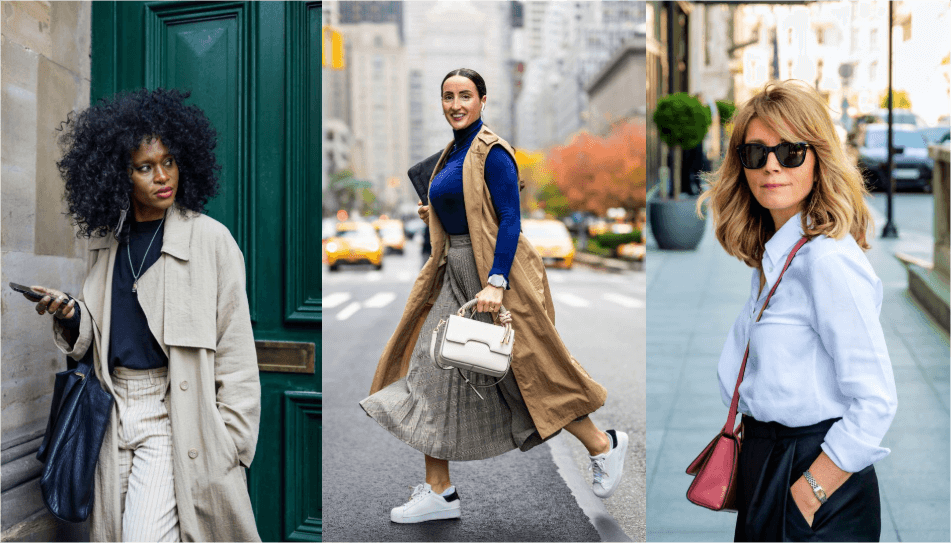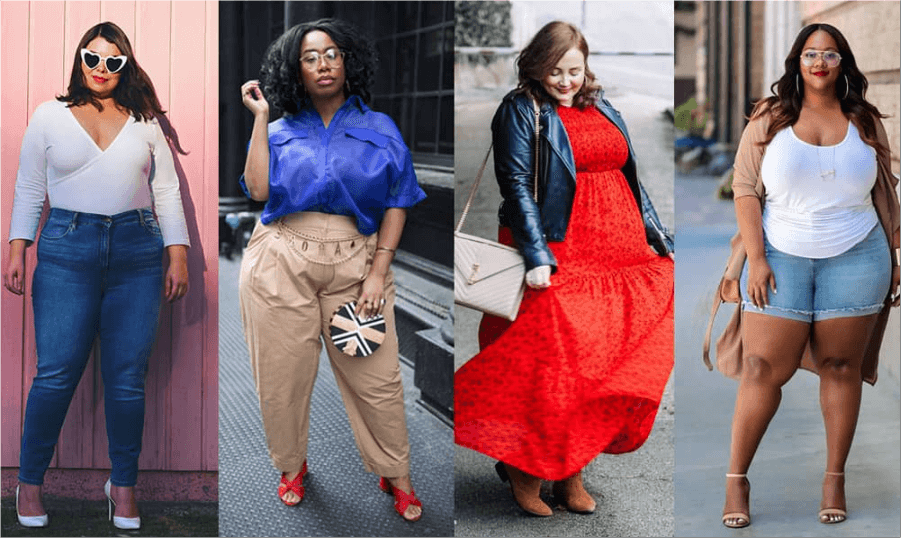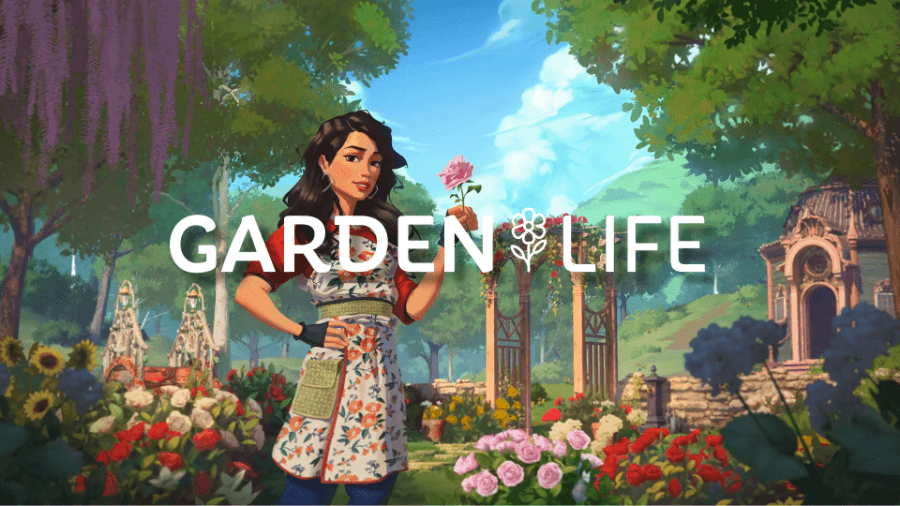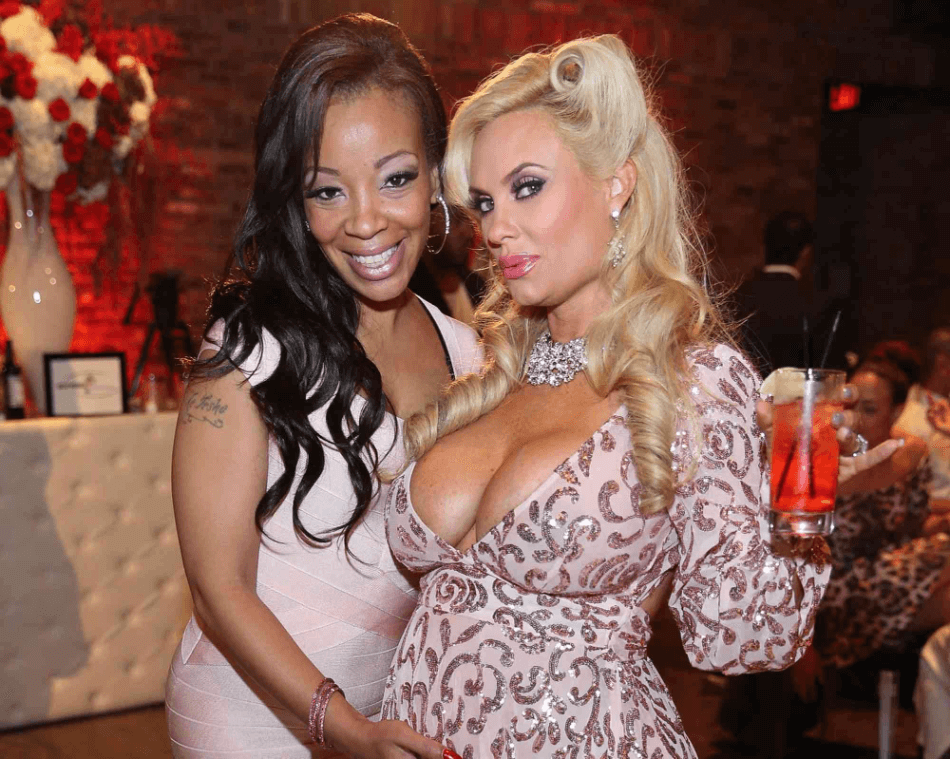📑Table of Contents:

You wake up. You’ve got somewhere to be. You stand in front of your closet and suddenly forget how to put on clothes. Nothing looks right. You try five shirts. The outfit pile grows. Now you’re late and frustrated.
This happens to everyone. But it doesn’t have to.
Most people overthink what they wear. They assume good style means having perfect taste, a massive wardrobe, or whatever’s trending that month. In reality, none of that matters as much as people think. The best outfits come from a few consistent choices. You don’t need more clothes—you need a better system.
Fit First, Always
Fit is the dealbreaker. It doesn’t matter how expensive or stylish a piece is. If it doesn’t fit properly, the outfit fails. This is where most people go wrong. They size up “just in case” or wear something too tight because it used to fit better. Let that go.
Clothes should skim your body, not cling to or hang from it. Shoulders should line up. Sleeves should end at your wrist bone. Pants shouldn’t bunch up like an accordion at your ankles. You don’t have to get everything tailored, but it helps. One trip to the tailor can transform your most average outfit into something elevated. Even simple items—like jeans and a tee—look intentional when they fit correctly.
Start here. Before you worry about style, color, or labels, get the fit right.
Pick One Thing to Lead
You don’t need every piece of your outfit to make a statement. You shouldn’t. The easiest way to create a great outfit is to select one key piece and build around it. This centers the look and reduces guesswork.
Let’s say you’ve got a bold jacket. Let that carry the weight. Keep your shirt simple. Go for neutral pants. Minimal shoes. Now the jacket shines—and everything else supports it. On the flip side, if your shoes are loud, let them be the hero. Pull back on everything else so they stand out.
This is how you avoid chaos. When every item tries to grab attention, nothing lands. But when one piece leads, the outfit has a voice.
Color Isn’t That Complicated
Color can feel overwhelming. There are so many shades and combinations. But good news: you don’t need to know all of them. You need a system.
Start with neutrals—black, white, gray, beige, navy, olive. These form the backbone of most stylish wardrobes. Then add one color to keep it fresh. Red sneakers with a navy fit. A green beanie with an all-black outfit. Even socks can be your color pop. Just one. And don’t go beyond three colors in one outfit unless you know what you’re doing. If that sounds limiting, trust this: less is more when it comes to color.
Also, monochrome always wins. All-black is sharp. All-white is bold. All-denim is classic when done right. These combos look intentional even if they’re low-effort.
Balance Makes or Breaks It
Fit is about how clothes hug your body. Balance is about how they relate to each other.
If you’re wearing something oversized on top—like a hoodie or bomber—then slim it down on the bottom. Fitted jeans or tailored chinos bring contrast. If you’re going wide-leg on the bottom, keep the top clean and close to the body. Without balance, outfits can feel sloppy, even if the individual pieces are great.
Texture plays into this, too. Pair smooth fabrics with rougher ones. Think a silky blouse with structured jeans. Or canvas shoes with a sleek wool coat. Mixing textures adds visual interest without adding noise.
Shoes matter a lot here. Chunky sneakers don’t pair well with skinny trousers. Sleek loafers clash with oversized joggers. Match footwear to the overall weight of your look.
Dress for the Context, Not Just the Vibe
You can wear anything. That doesn’t mean you should wear everything, everywhere.
Dressing well means dressing with awareness. A hoodie and sneakers might be perfect for running errands. But for a dinner date? Not unless it’s part of your signature style—and even then, refine it. A tailored hoodie? Clean kicks? Better. Still comfortable, but you’ve put thought into it.
Context builds confidence. When you look like you belong in the space you’re in, you relax. Others pick up on that. On the flip side, if you’re way overdressed or underdressed, you feel self-conscious. That shows too.
You don’t need to blend in. But you should match the moment.
One Detail Can Elevate Everything
Here’s where outfits go from decent to memorable. The detail.
This can be a piece of jewelry, a patterned sock, an interesting watch, or a hat that ties it all together. It doesn’t have to be flashy. It just has to say you made a choice. A crisp tuck, a cuffed sleeve, a single chain—these show intention.
People often skip this part because they think it’s optional. But the best outfits have depth. They show that someone cared enough to finish the thought. Even just rolling your sleeves neatly or tucking in the front of your shirt makes a difference.
This one small step separates lazy from laid-back.
Confidence Is the Final Layer
Clothes don’t wear you—you wear them. And if you’re not sure about what you’re wearing, it shows.
But when you feel right in your outfit, everything falls into place. You walk taller. You engage more. People read that energy before they even notice your shirt or shoes.
This doesn’t mean you need to fake it. It means you should build outfits that genuinely make you feel good. Trust your gut. If something feels off, take it off. Swap one piece. Add something that feels more “you.” Over time, this gets easier. Your instincts get sharper.
Eventually, you’ll spend less time second-guessing and more time just getting dressed.

What Actually Matters
You don’t need a massive wardrobe or a celebrity stylist. You need clarity. Fit comes first. One item leads. Color gets limits. Shapes balance. Context guides the choices. A single detail sets you apart. Confidence seals the deal.
That’s how you stop overthinking your outfit. Not by doing more. But by doing less—and doing it well.
When you dress with intention, you don’t just look better; you feel better. You move sharply. Think clearly. Show up stronger.
And that’s what style is really about.





